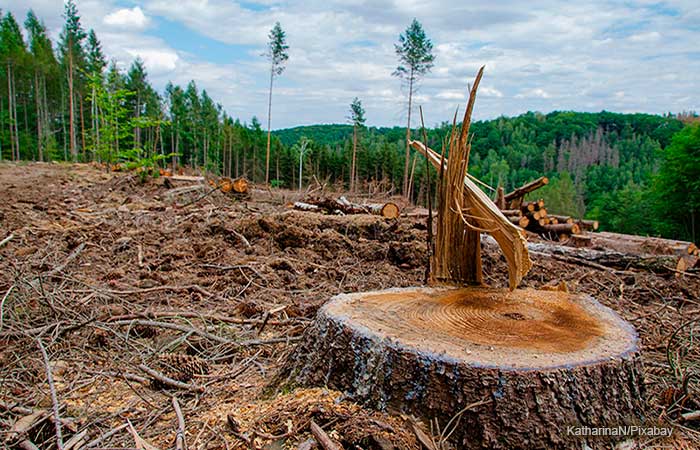FAQs about Deforestation of Forest

10. What can be done to recover deforested forests?
“Some countries have already made commitments under the Bonn Challenge, which aims to restore 350 million hectares of degraded and deforested landscapes by 2030, and SDG 15, target 15.3, to land degradation neutrality by 2030. Regional responses such as the Great Green Wall and the African Forest Landscape Restoration Initiative (AFR100), the 20×20 Initiative in Latin America and the ECCA30 in Europe, Caucasus and Central Asia are also underway.
It is important to remember that forest restoration is not just about planting trees. It also implies restoring the balance of the ecological, social and economic benefits of forests and trees within a broad pattern of land use. In some cases, this is achieved by promoting the natural regeneration of local plant species, and in others, the planting of trees and plants helps speed up the process of restoring degraded landscapes to health and productivity. The Great Green Wall is a good example of the latter. With the help of the Food and Agriculture Organization of the United Nations (FAO), the restoration of some 63,000 hectares has recently begun, benefiting one million people.
Engaging and empowering people to restore, conserve and use forests sustainably is essential to achieving positive change. Community training helps formulate local solutions and encourages participation in ecosystem restoration. This creates opportunities to “rebuild” equitable and productive forest landscapes, which prevent the risks that the destruction of our forests represents for ecosystems and people.
If done right, forest restoration is a key natural solution to rebuilding and achieving the future we want.” United Nations. UN Chronicle
FAQs about Deforestation of Forest
1. What is deforestation, what are its causes or objectives and consequences?
2. What is a primary forest and what percentage do they represent on the planet?
3. How are deforestation and water scarcity related?
4. What is the relationship between deforestation, drought, and forest fires?
5. What is the relationship between deforestation and global warming?
6. How does deforestation affect habitats and ecosystems?
7. What is the importance of the Amazon rainforest for South America?
8. What are the dangers that threaten the Amazon rainforest?
9. Why is deforestation in the Borneo rainforest considered an ecological catastrophe?
